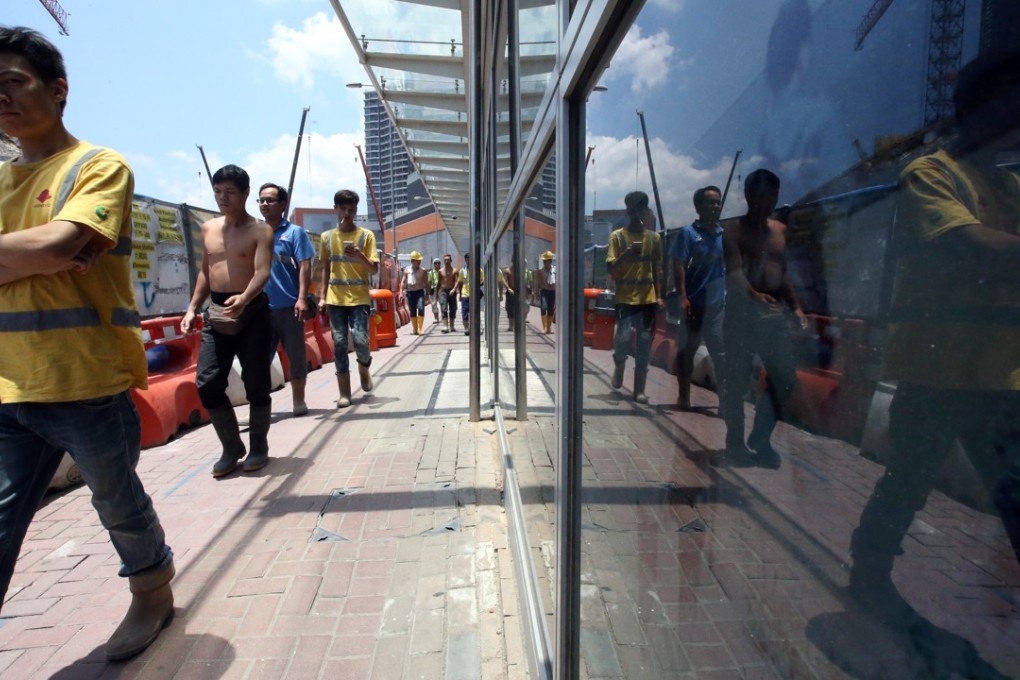What tiny Luxembourg can teach ageing Hong Kong about labour mobility in the Greater Bay Area
Lucy Kwan and Rex Wong Yat Chun say Luxembourg can be a model for Hong Kong as it tackles a static demographic and labour structure. Hong Kong must take advantage of its closeness to the Pearl River Delta by embracing openness through the flow of ‘frontier workers’

Many developed cities in the world can draw their talent pool from surrounding areas. However, Hong Kong is special. Currently, there seems to be a lack of concerted and proactive efforts to increase labour mobility in both directions. Hong Kong should form a conurbation with neighbouring cities so that citizens within the economic circle can freely move from their residence to their workplace.
Despite limited space and population, Luxembourg is one of the world’s most influential financial centres. On aggregate income per capita, Luxembourg ranks among the top economies in the OECD group of wealthy nations. Such economic miracles would not have been achieved if only locals were involved. In fact, nearly half of its population of just 500,000 are foreigners. Moreover, nearly half of the total national employments (more than 170,000 workers) involve “frontier workers”, that is, they reside in neighbouring countries and commute to work, usually daily.
Watch: Luxembourg: Small country, big numbers (2012)
The Luxembourg government has made huge efforts to facilitate cross-border employment. For example, frontier workers can come and go without any restriction if they are European Union or European Free Trade Association nationals. If they are third-country nationals, they must hold a valid work permit issued by certain countries, as well as a valid Luxembourg employment contract bearing a clear statement from their Luxembourg employer that they work for a specific number of days of the month.